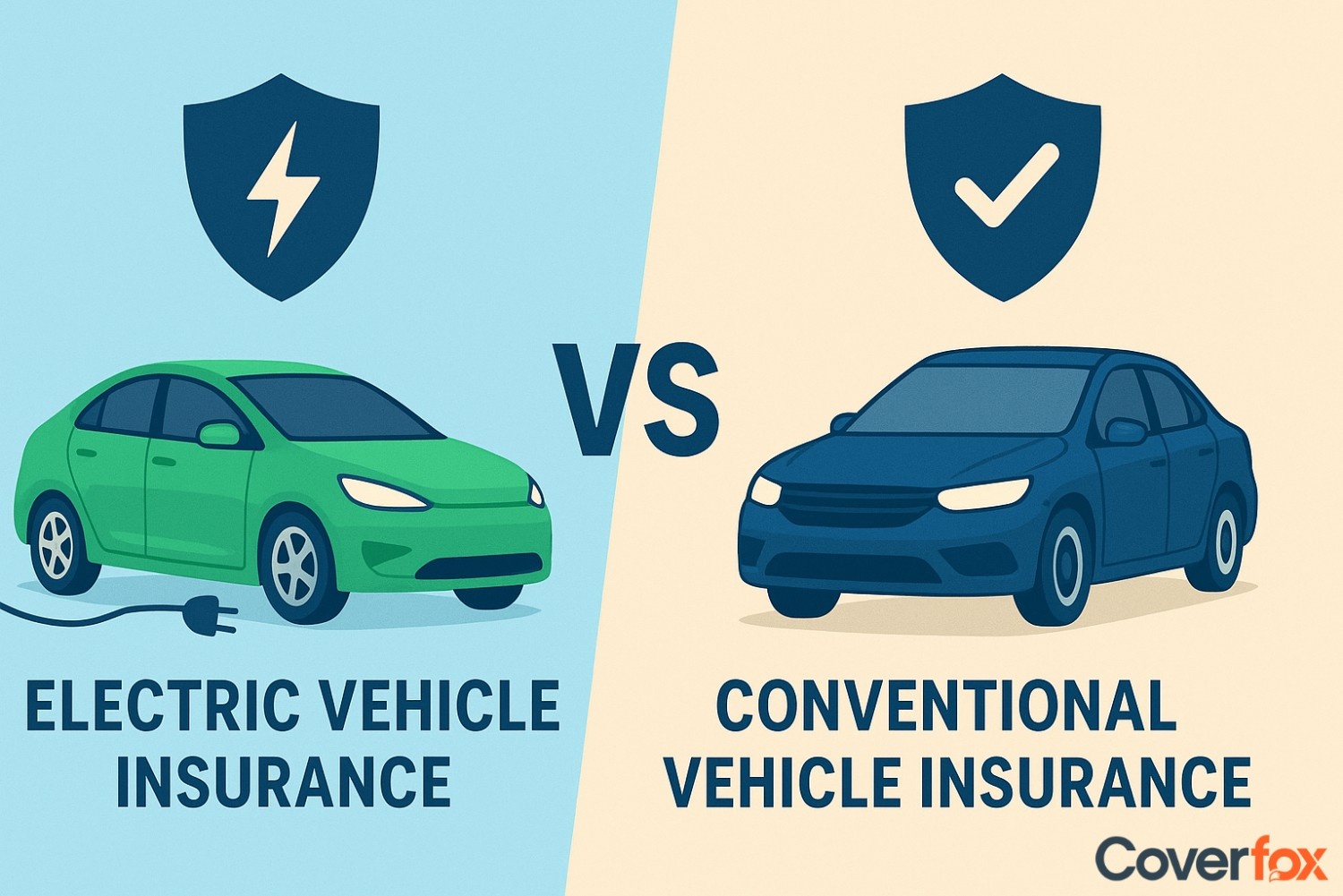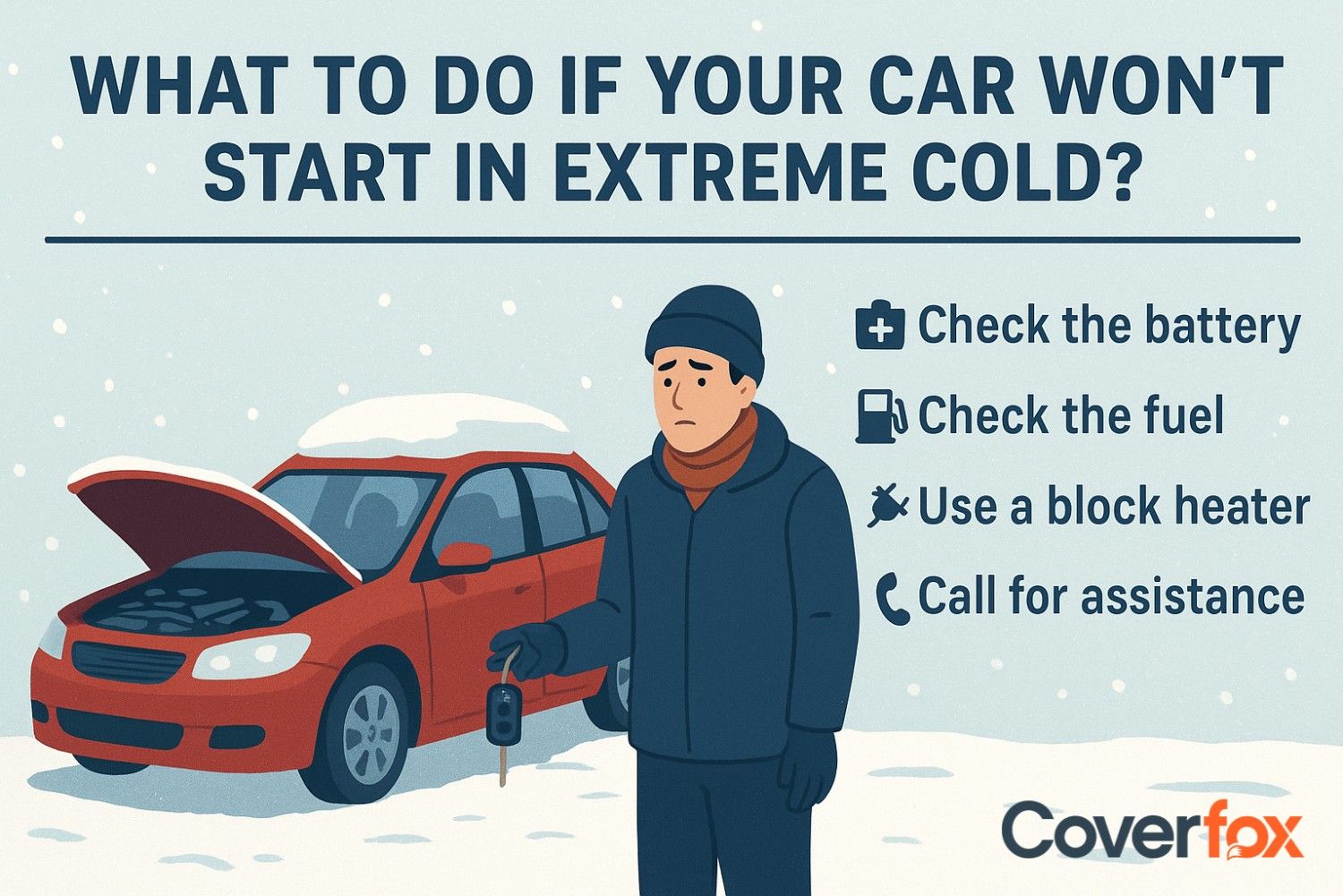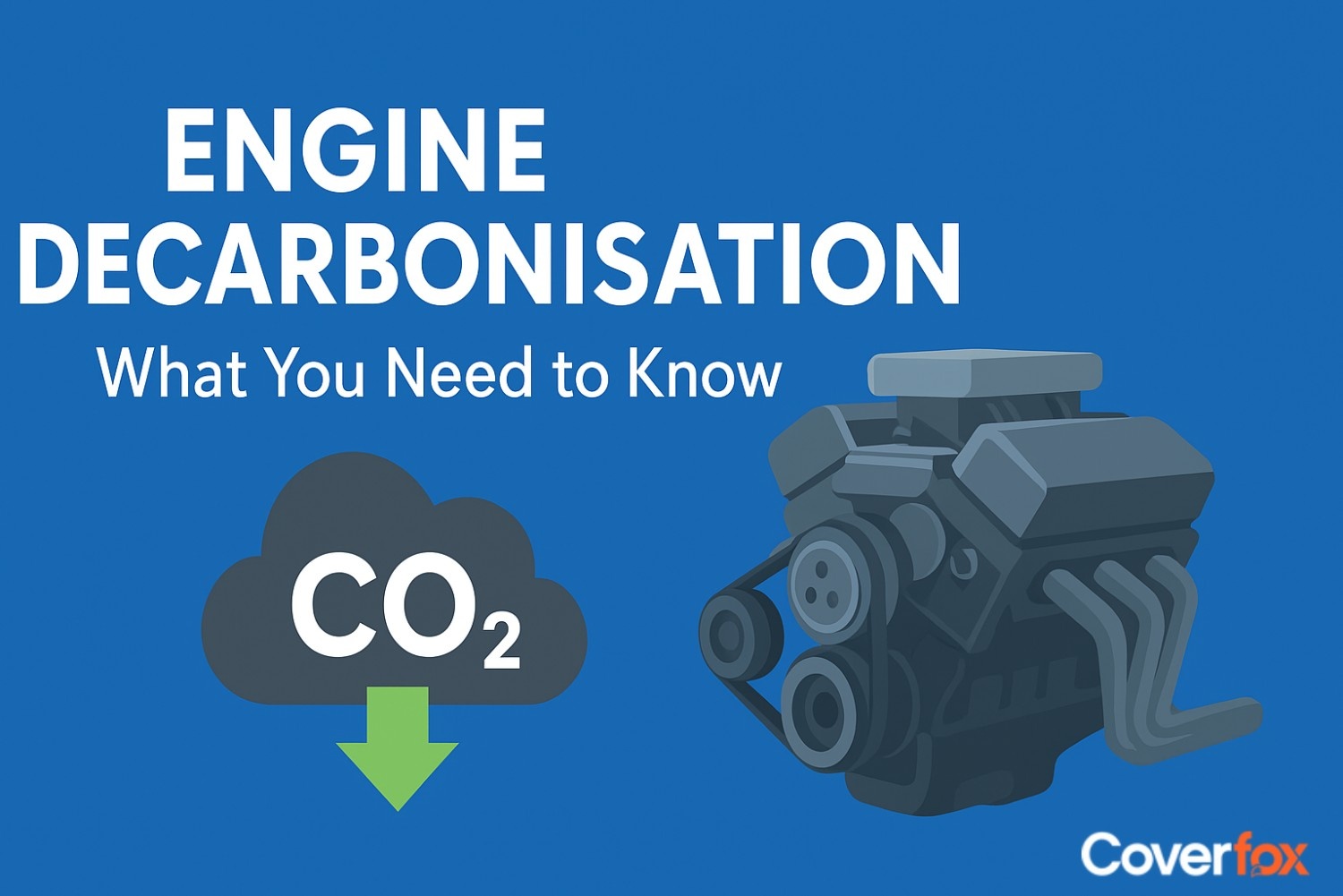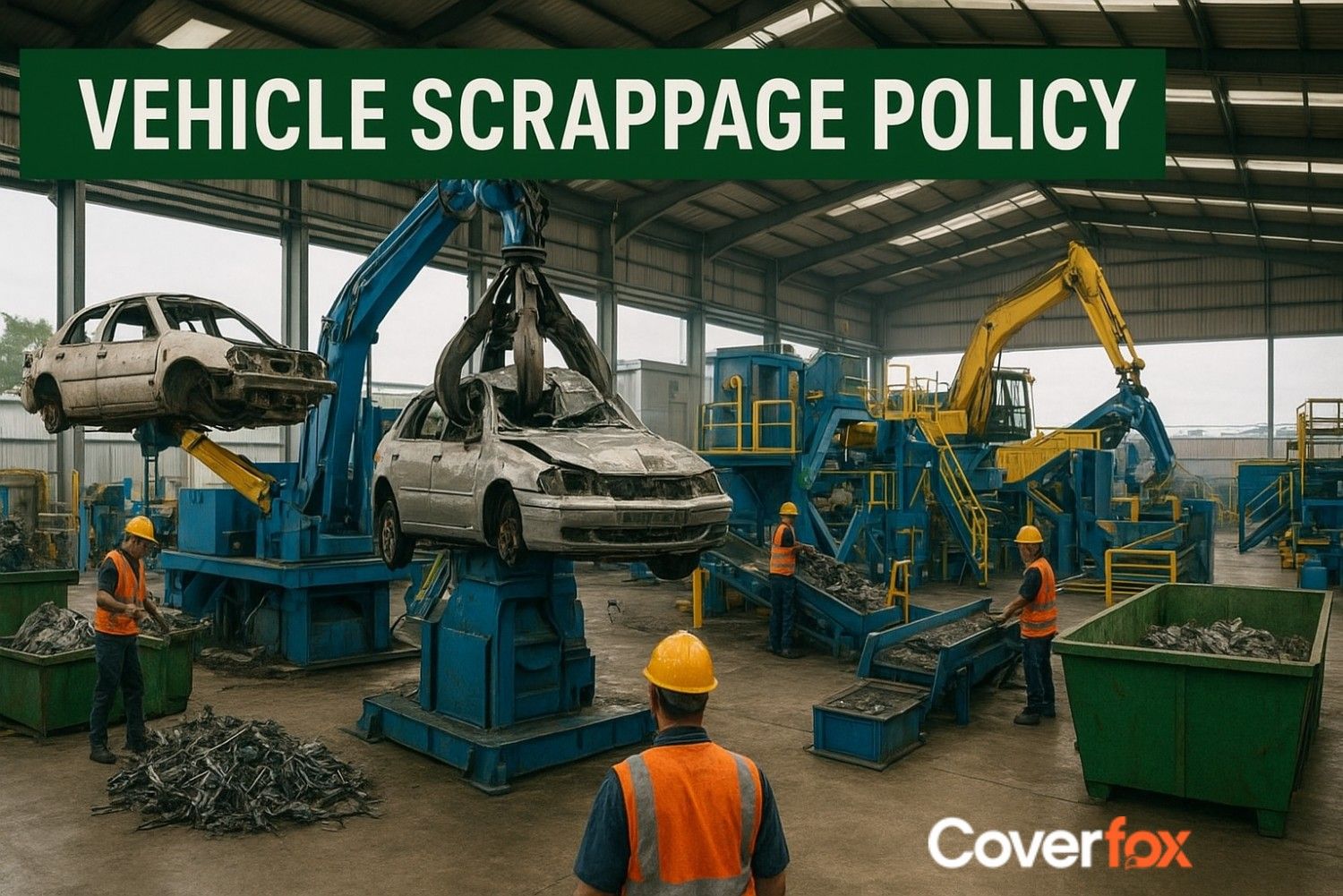Electric vehicles have seen an incredible rise in popularity in India. A report by Frost & Sullivan estimates that EV sales in India will reach 138,606 units in 2025, a 40% increase from 2024.

Understanding EV Charging Levels
EV chargers can be segregated into different types depending on their charging levels:
1. Level 1 Charging
These are slow chargers, typically found in households. A standard 120V household outlet is used for charging the EV, and generally, no additional equipment is required.
Level 1 Charging Speed
Charges at around 3–5 km of range per hour, taking over 24 hours for a full charge on most EVs.
Level 1 Charging Use Cases
Best suited for overnight home charging, plug-in hybrid vehicles, or users with minimal daily driving needs.
Pros of Level 1 Charging
- No additional installation required
- The cheapest method to charge
Cons of Level 1 Charging
- Extremely slow charging
- Not practical for full EVs with large batteries
2. Level 2 Charging
Also known as fast chargers, level 2 chargers use a 240V outlet (similar to an oven or dryer) and are the most common solution for home and public charging stations. They require a dedicated EV charging unit and professional installation at home.
Level 2 Charging Speed
Adds 15–40 km of range per hour, depending on the vehicle and charger output. Most EVs can be fully charged in 6–12 hours.
Level 2 Charging Use Cases
Ideal for home installations, workplaces, and public locations where cars are parked for a few hours.
Pros of Level 2 Charging
- Significantly faster than Level 1
- Suitable for daily charging of full EVs
Cons of Level 2 Charging
- Requires additional equipment and installation
- Higher upfront cost
3. Level 3 Charging
Level 3 or DC Fast Charging provides the fastest charging available today, using direct current at high voltages. These chargers are typically found at commercial or highway-side charging stations.
Level 3 Charging Speed
Can add 100–200+ km of range in just 15–30 minutes, depending on the EV and charger.
Level 3 Charging Use Cases
Best for long-distance travel, commercial fleets, or when quick top-ups are needed during the day.
Pros of Level 3 Charging
- Extremely fast charging
- Great for road trips and emergencies
Cons of Level 3 Charging
- Expensive infrastructure and installation
- Can cause battery degradation if used too frequently
- Not compatible with all EVs
Types of EV Charging Connectors
The type of EV charging connectors depends on the charger levels. They are separated by AC or DC power supplies. Here are the different charging connectors for EVs:
Type 1 (SAE J1772)
- Commonly used in North America and Japan
- Supports Level 1 and Level 2 AC charging
- Features a five-pin design, suitable for single-phase power
Type 2 (Mennekes)
- Standard across Europe and increasingly adopted in other regions
- Compatible with both single-phase and three-phase AC charging
- Used for Level 2 and Level 3 AC setups in some public stations
CHAdeMO
- Developed in Japan specifically for DC fast charging
- Commonly used by vehicles from Nissan, Mitsubishi, and older EV models.
- Allows bidirectional charging in some models (vehicle-to-grid)
Combined Charging System (CCS)
- A versatile connector combining AC and DC charging capabilities
- Widely adopted in Europe and North America
- Exists in CCS1 (Type 1-based) and CCS2 (Type 2-based) versions
GB/T
- The official EV charging standard in China
- Uses separate connectors for AC and DC charging
- Mandated for all EVs sold in China
Tesla Connector
- Proprietary design exclusive to Tesla vehicles
- Supports Level 1, 2, and DC fast charging (Superchargers)
- Adapters are available for compatibility with other network chargers like CHAdeMO or CC.S
Home vs. Public EV Charging
EV charging can be installed at your home or at public places called charging stations. Here are the key differences between the two:
| Feature | Home Charging | Public Charging |
|---|---|---|
| Location | Personal residence (garage/driveway) | Malls, highways, offices, petrol stations |
| Charging Levels | Typically Level 1 or Level 2 | Level 2 and Level 3 (DC fast charging) |
| Speed | Slower (especially Level 1) | Faster (especially with DC fast chargers) |
| Convenience | Charge overnight at home | Requires travel and availability |
| Cost | Lower (standard electricity rates) | Higher (time-based or kWh pricing) |
| Installation | May require Level 2 charger installation | No setup required for the user |
| Accessibility | Private – only accessible to the owner | Public – accessible to all EV users |
| Use Case | Ideal for daily charging | Best for long trips, emergencies, and top-ups |
Emerging Technologies in EV Charging
As the demand for EVs is ever growing in India, new technologies and infrastructures are also catching up for EV charging. These technologies aim to make charging more efficient, and easily accessible.
Wireless Charging
Vehicle-to-Grid (V2G) Integration
Ultra-Fast Charging
Wireless EV charging eliminates the need for physical cables by using inductive charging pads installed on the ground. The vehicle is equipped with a receiver, and charging begins automatically when it is parked over the pad. This is a relatively new technology, not readily available everywhere.
Vehicle-to-Grid (V2G) technology allows EVs to not just consume energy but also send it back to the power grid. This two-way flow of electricity can help balance demand, store renewable energy, and reduce grid strain during peak hours. This technology still requires standardisation and regularisation as it converts the EVs into a storage unit.
No one wants to wait 10s of hours for their car to be charged back up. Ultra-fast charging uses high-powered DC chargers (350 kW and above) capable of delivering a substantial amount of charge in just a few minutes. These chargers are designed to make EV charging times comparable to traditional fuel stops. If this technology prevails, EVs might take over one of their major drawbacks – charging time.
How to Choose the Right EV Charger?
Take these into consideration when selecting the right EV Charger for your EV:
- Check your EV’s maximum charging capacity in kW.
- Decide between Level 1 (basic), Level 2 (ideal for home), or Level 3 (public only).
- Ensure the charger connector matches your vehicle (Type 1, Type 2, CCS, etc.).
- Confirm your home’s electrical setup can support the chosen charger.
- Look for smart features like app control and scheduled charging.
- Choose between portable or wall-mounted based on usage.
- Opt for chargers with safety certifications and weatherproofing.
- Plan ahead for future EV upgrades or additional vehicles.
- Consult a licensed electrician for proper installation.
EV Charging in India
As of May 2025, the country boasts over 29,000 public charging stations, a steep rise from just 1,800 in early 2022 (Vasundhara-foundation). Despite this momentum, the EV‑to‑charger ratio remains an estimated 135:1, far outside the global comfort zone of 6–20 EVs per charger.
Government Initiatives & Policies for EV Chargers in India
The Indian government has started some schemes and policies for boosting the usage of electric vehicles.
FAME‑II Scheme
State-Level Targets
Incentives & Subsidies
Recent Pushes
With a ₹10,000 crore (~US $1.43 billion) outlay, it has supported over 1.6 million EVs, 2,877 charging stations, and over 6,300 e-buses (IBEF).
Policies from Uttar Pradesh, Delhi, Karnataka, and others set ambitious goals - Delhi mandates public chargers every 3 km, and states like UP and AP aim for 100,000+ charging points.
Reduced GST (5%), grants for charger installation, waivers on road tax, customs exemptions on battery cell machinery, and interest‑free loans for operators.
Delhi plans fast chargers every 5 km, targeting 20,000 EV‑related jobs. Maruti Suzuki and Tata Motors are scaling up fast charging networks nationwide.
Final Thoughts
Sustainability is the key towards a brighter future. Just as you secure your electric cars with electric car insurance and electric bikes with electric bike insurance, make sure you do not forget to do the same for EVs. Secure your EVs with motor insurance from Coverfox, getting quotes from multiple insurers to make sure you get the best deals. Infrastructure in India is growing and soon EVs will have a much easier time sustaining in India.
Frequently Asked Questions
What is the difference between AC and DC charging?
AC (Alternating Current) charging is slower, while DC (Direct Current) charging is much faster.
Can I install a Level 2 charger at home?
Yes, you can install a Level 2 charger at home.
How long does it take to charge an EV?
Charging time depends on the charger level and battery size - Level 1 may take 20+ hours, Level 2 around 6–12 hours, and Level 3 (DC fast charging) as little as 15–45 minutes.
Are all EVs compatible with all chargers?
No, compatibility depends on the connector type.
What are the costs associated with different charger types?
Level 1 charging is cheapest (included with most EVs), Level 2 setup can cost ₹50,000–₹1,50,000 including installation, and DC fast chargers are expensive and mainly used by commercial networks.





